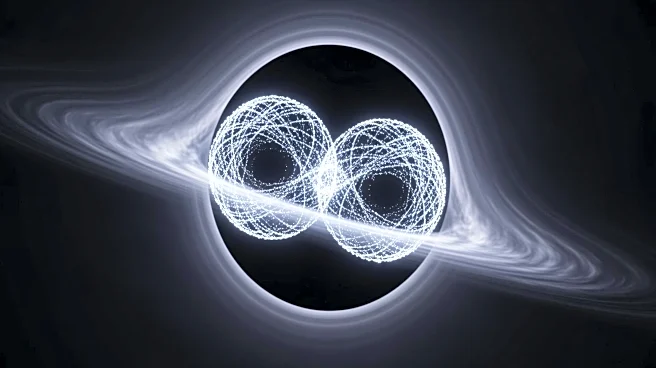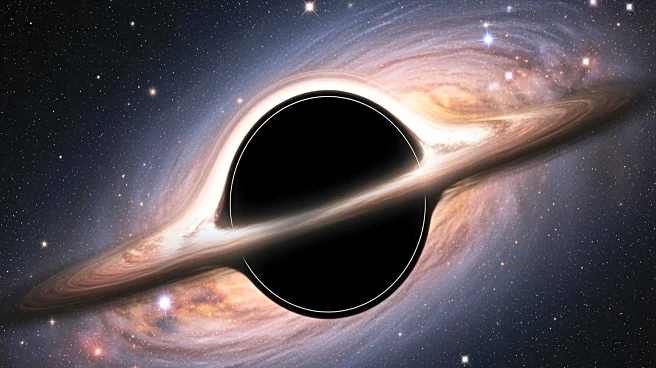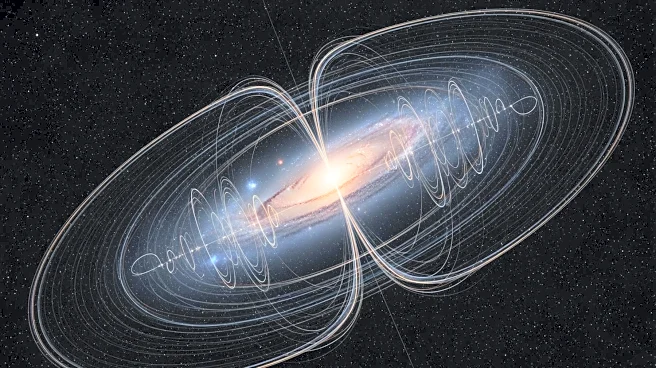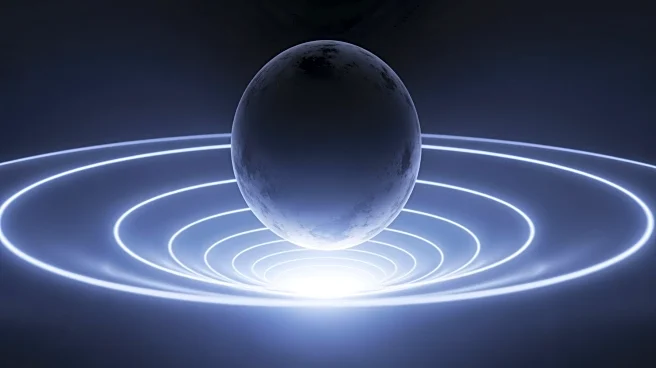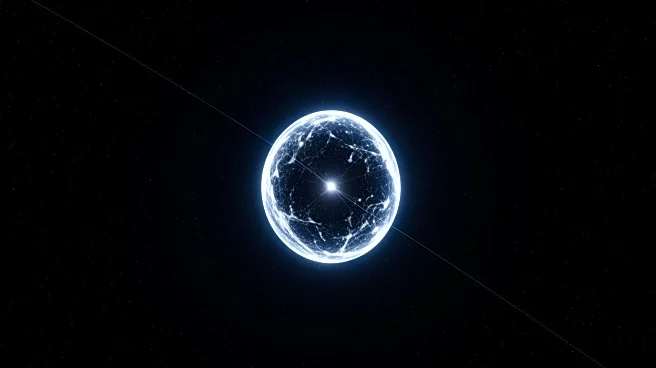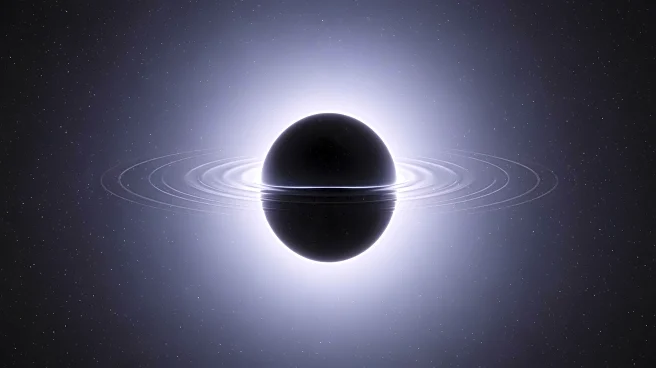What's Happening?
On November 6, 1919, the results of the 1919 total solar eclipse were announced, confirming Albert Einstein's general theory of relativity. During the eclipse, British astronomer Sir Arthur Eddington and
his team measured the deflection of starlight by the Sun's gravity, a key prediction of Einstein's theory. The observed shifts in star positions matched Einstein's predictions, providing the first empirical evidence for general relativity. This discovery marked a significant milestone in physics, elevating Einstein to international fame and reshaping our understanding of gravity and the universe.
Why It's Important?
The confirmation of general relativity had profound implications for physics and astronomy. It validated the concept that mass can warp space-time, influencing the path of light and other objects. This understanding has been fundamental to modern physics, influencing theories about black holes, the expansion of the universe, and the behavior of light in strong gravitational fields. The 1919 eclipse experiment demonstrated the power of scientific observation and collaboration, setting a precedent for future astronomical research.
Beyond the Headlines
The success of the 1919 eclipse experiment highlighted the importance of international scientific collaboration, even in the aftermath of World War I. It also underscored the role of public communication in science, as the results were widely publicized, contributing to Einstein's status as a cultural icon. The experiment's legacy continues to inspire scientific inquiry and public interest in the mysteries of the universe.


